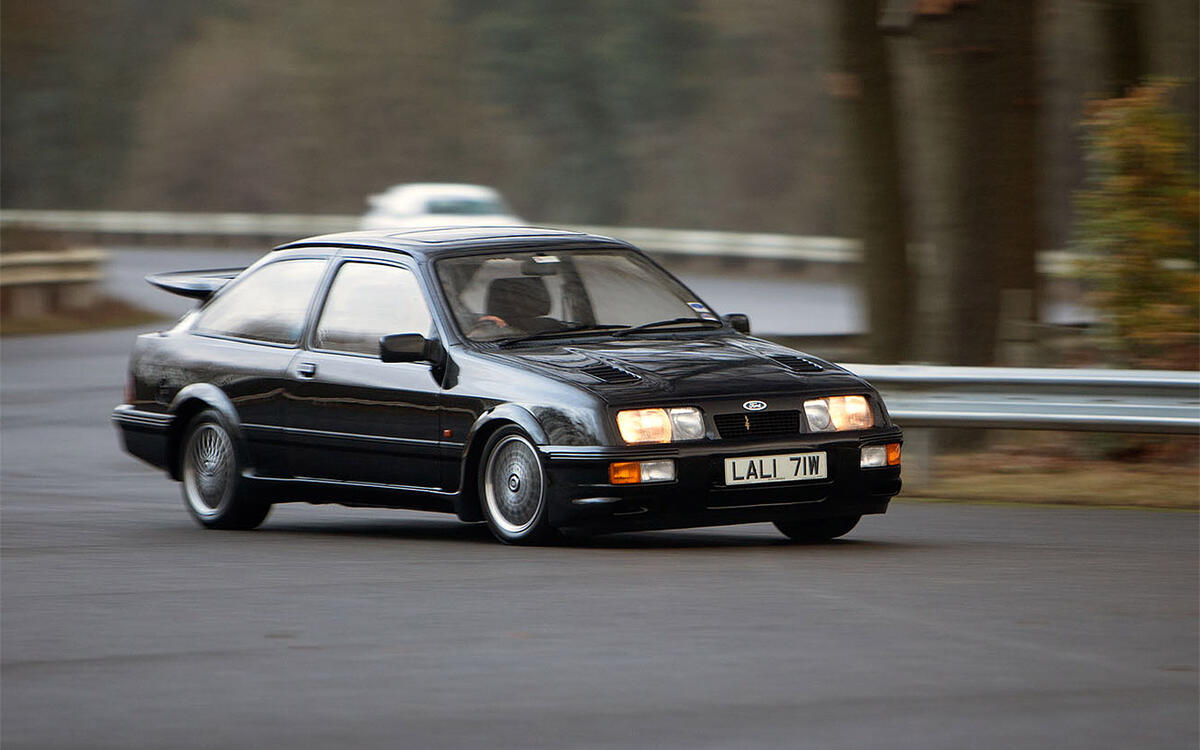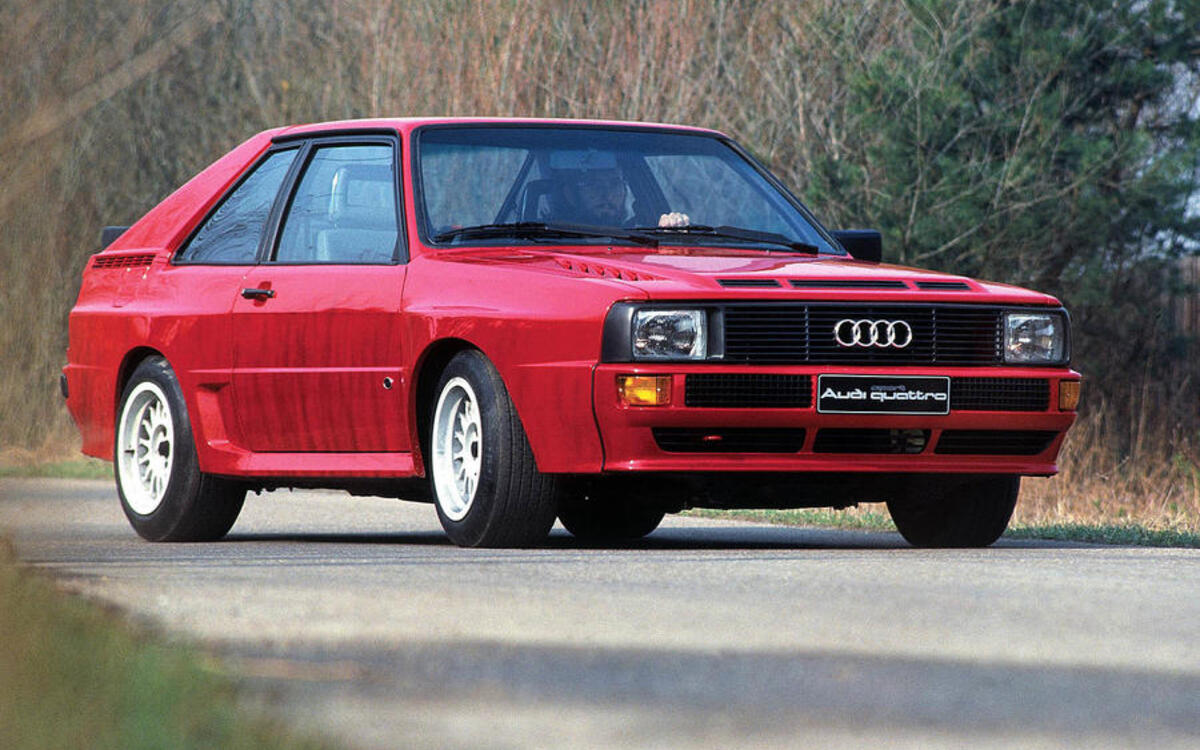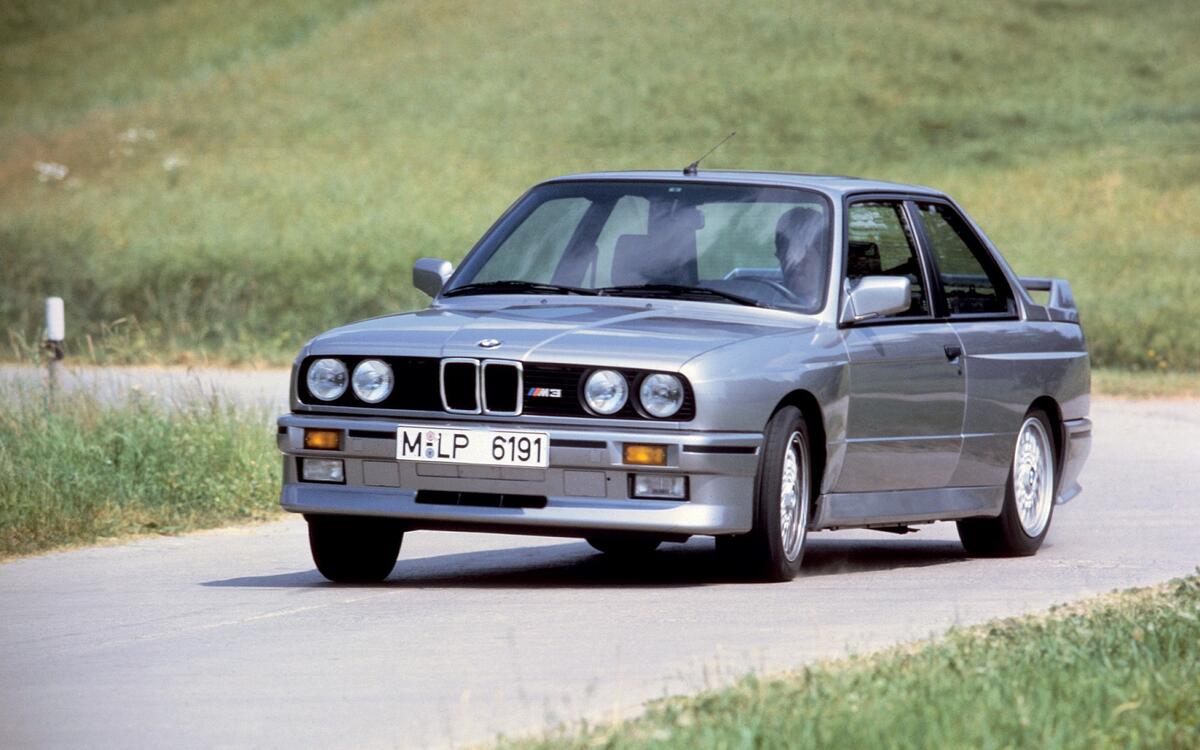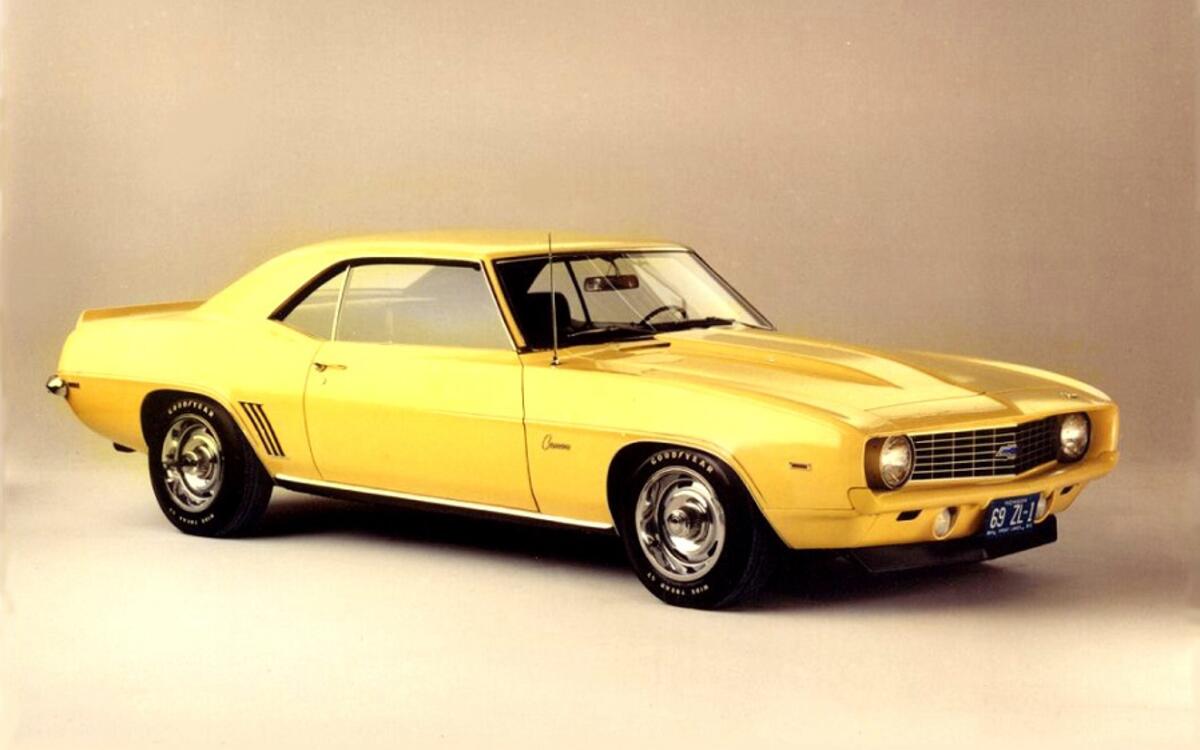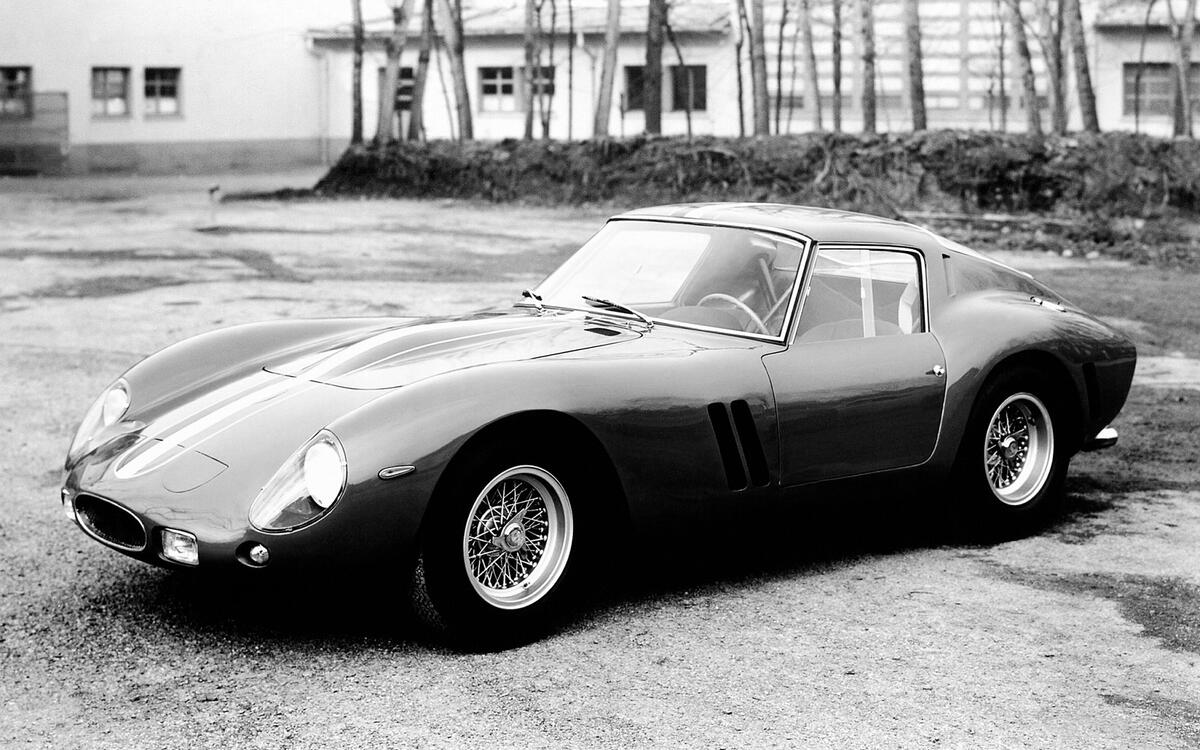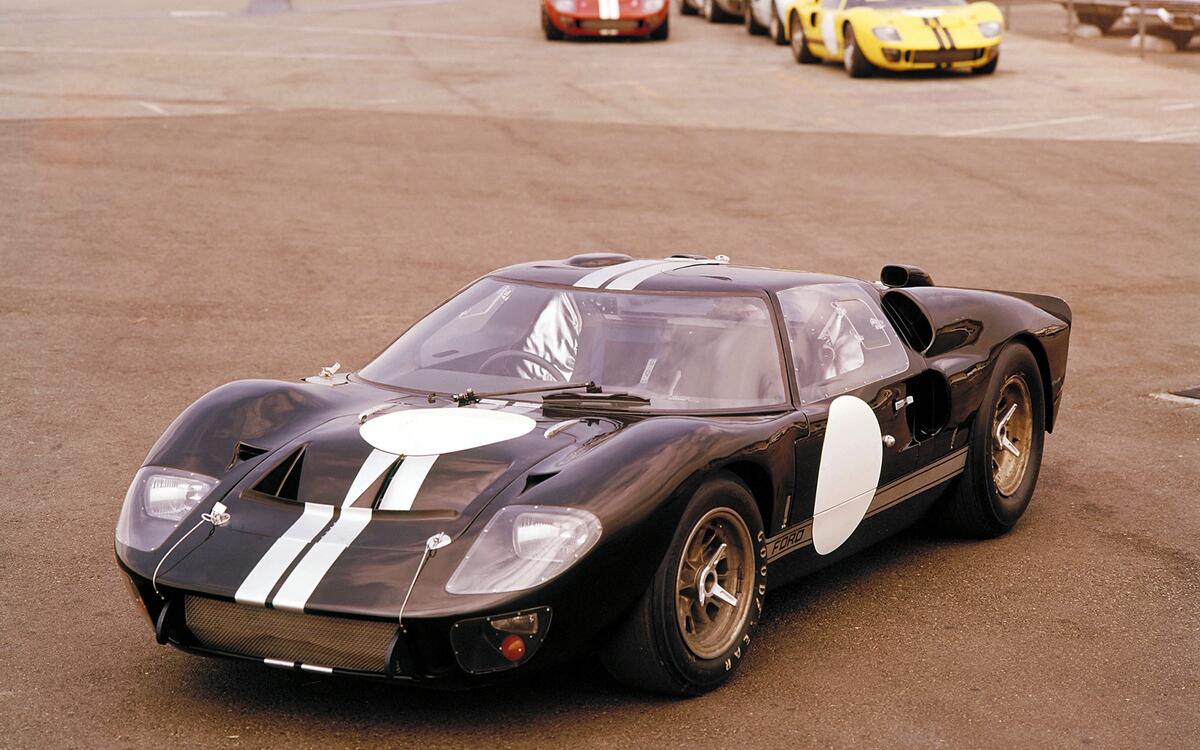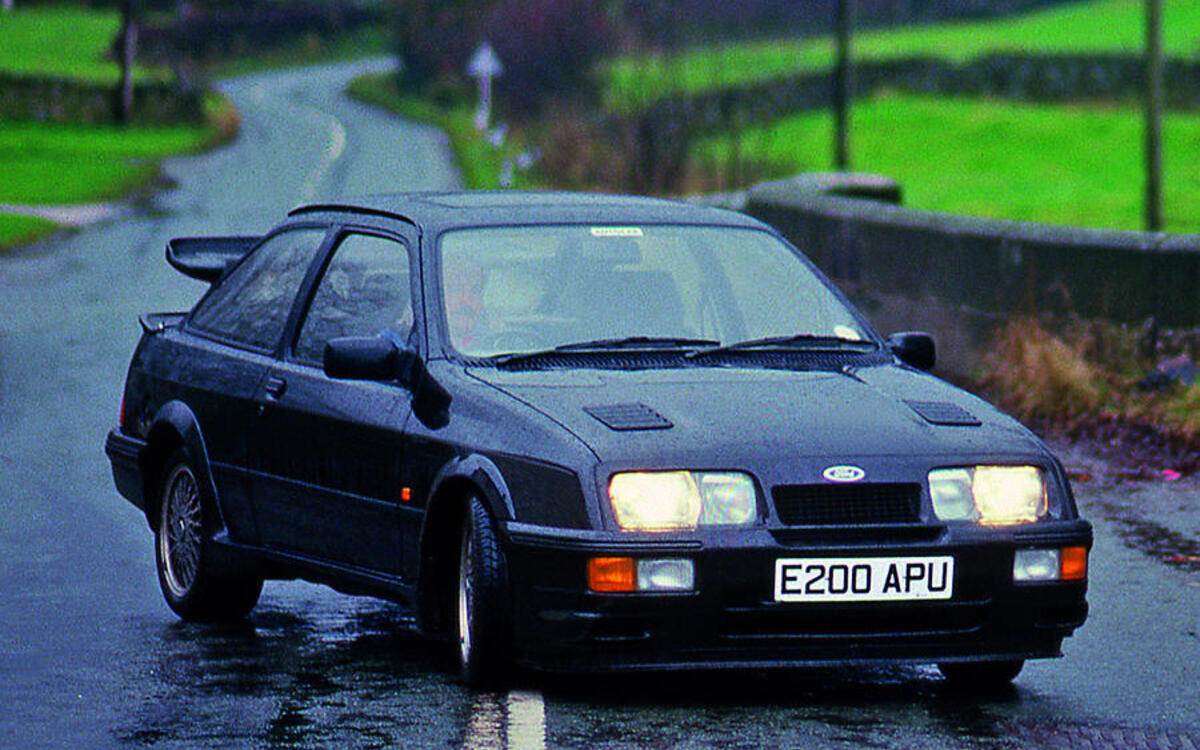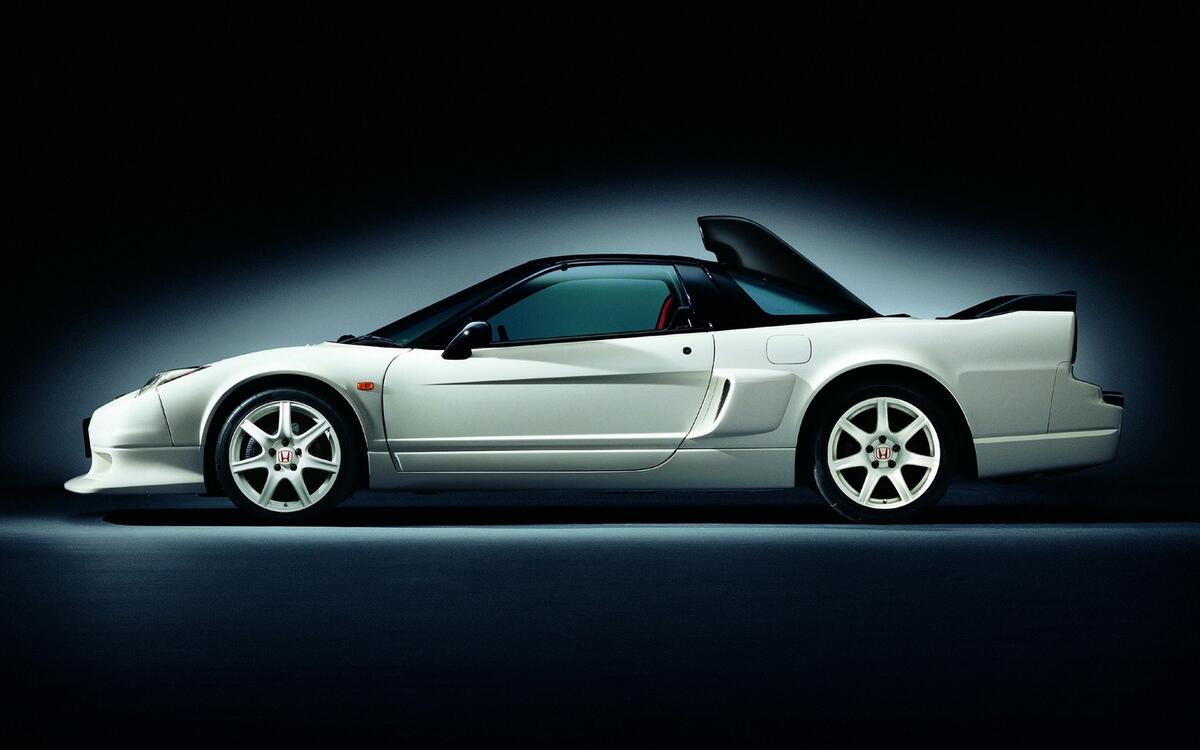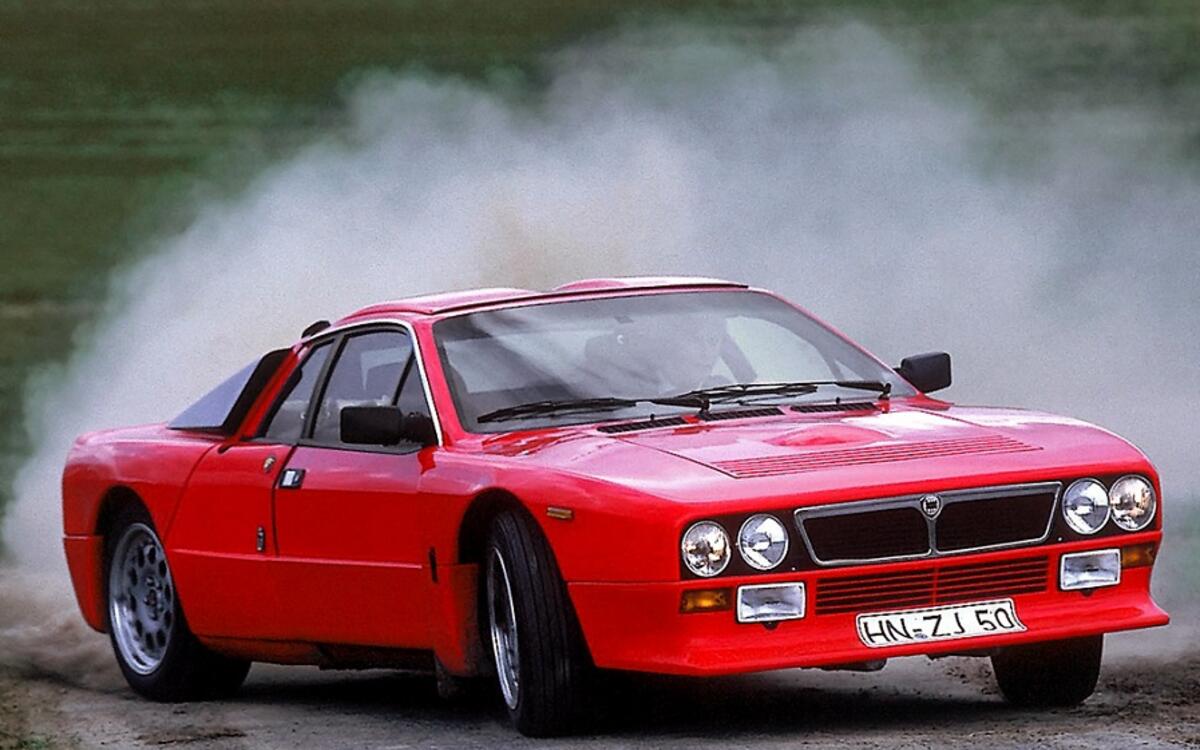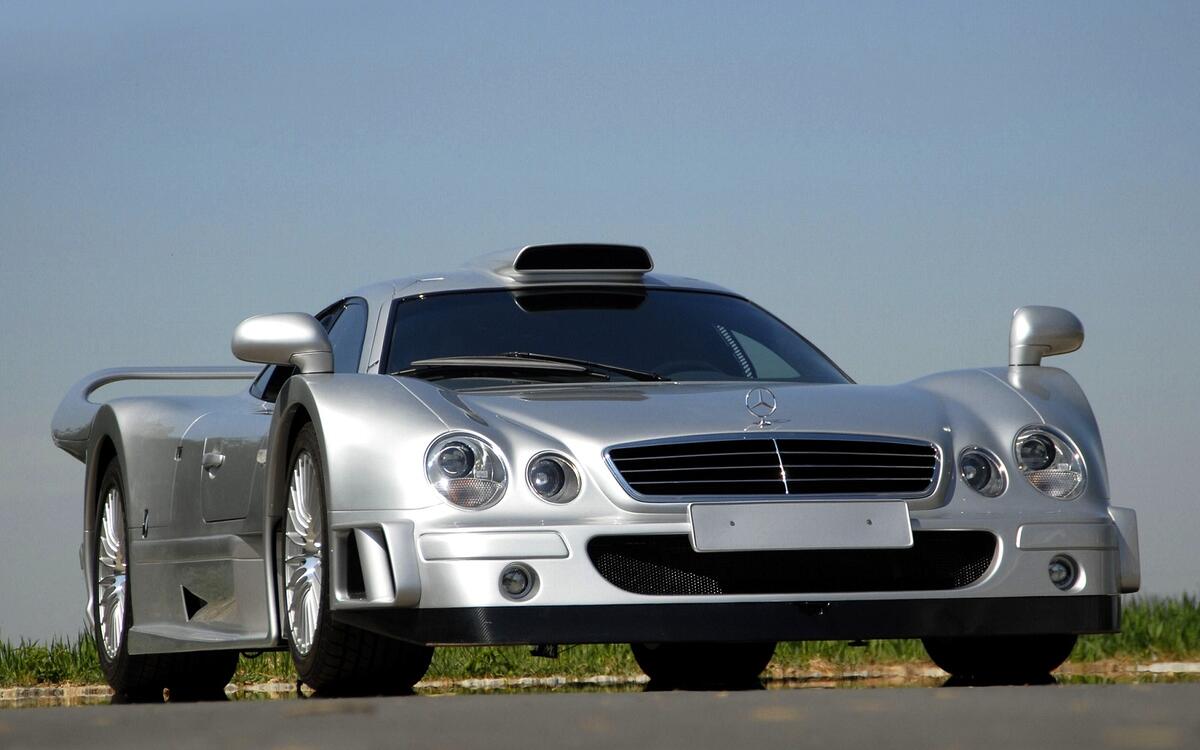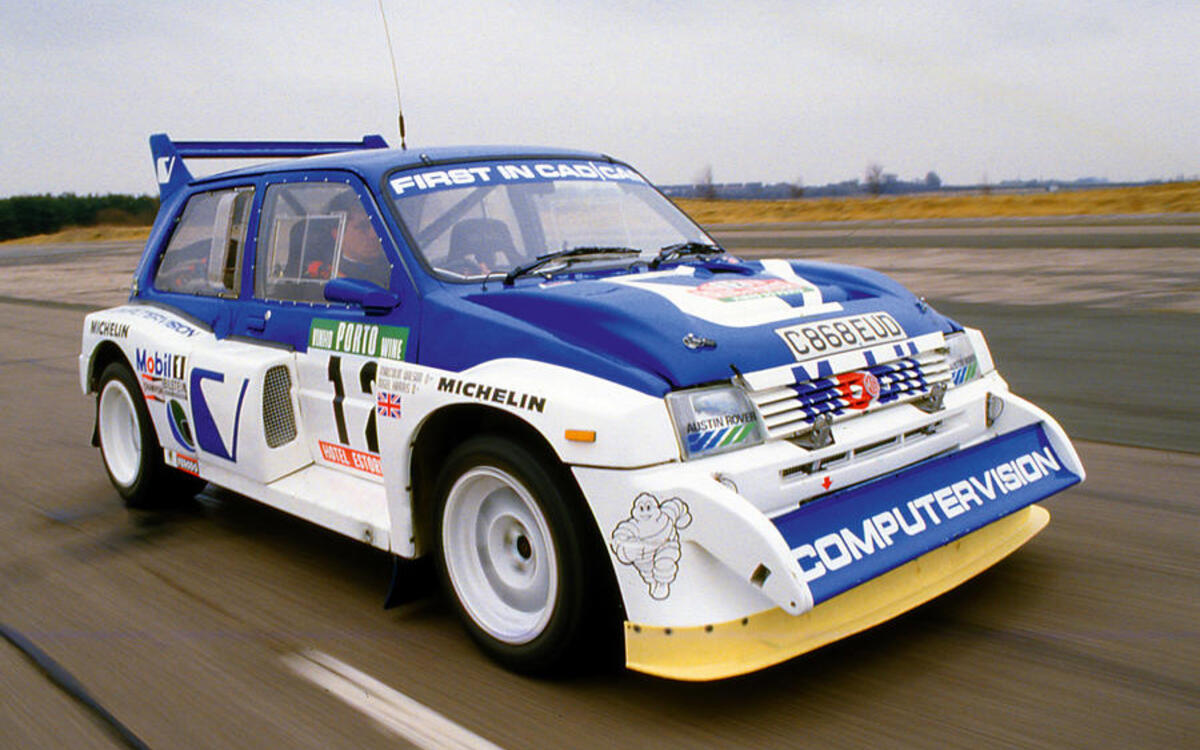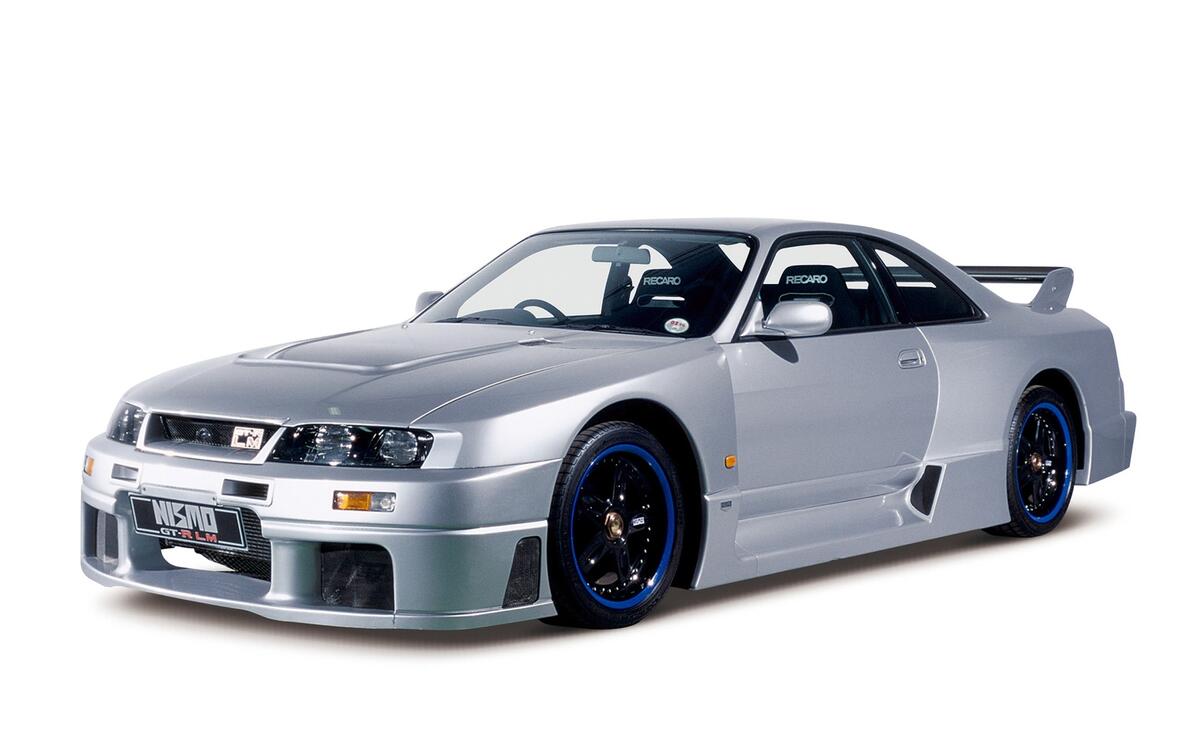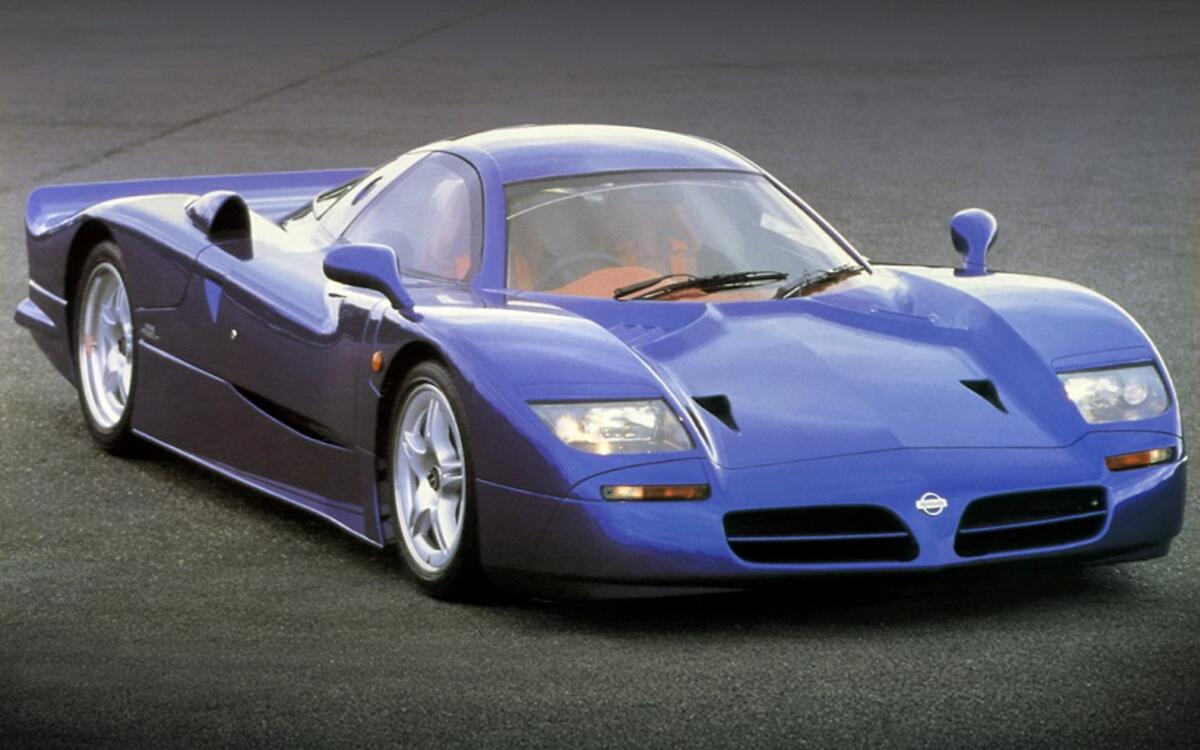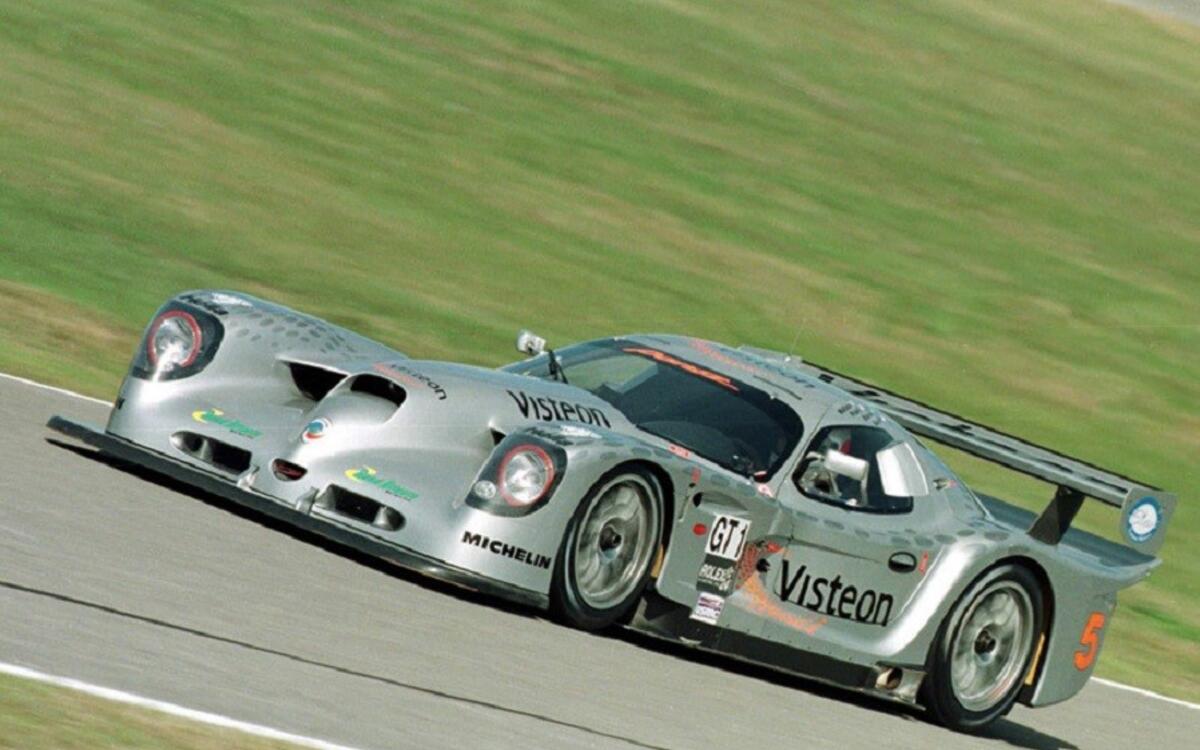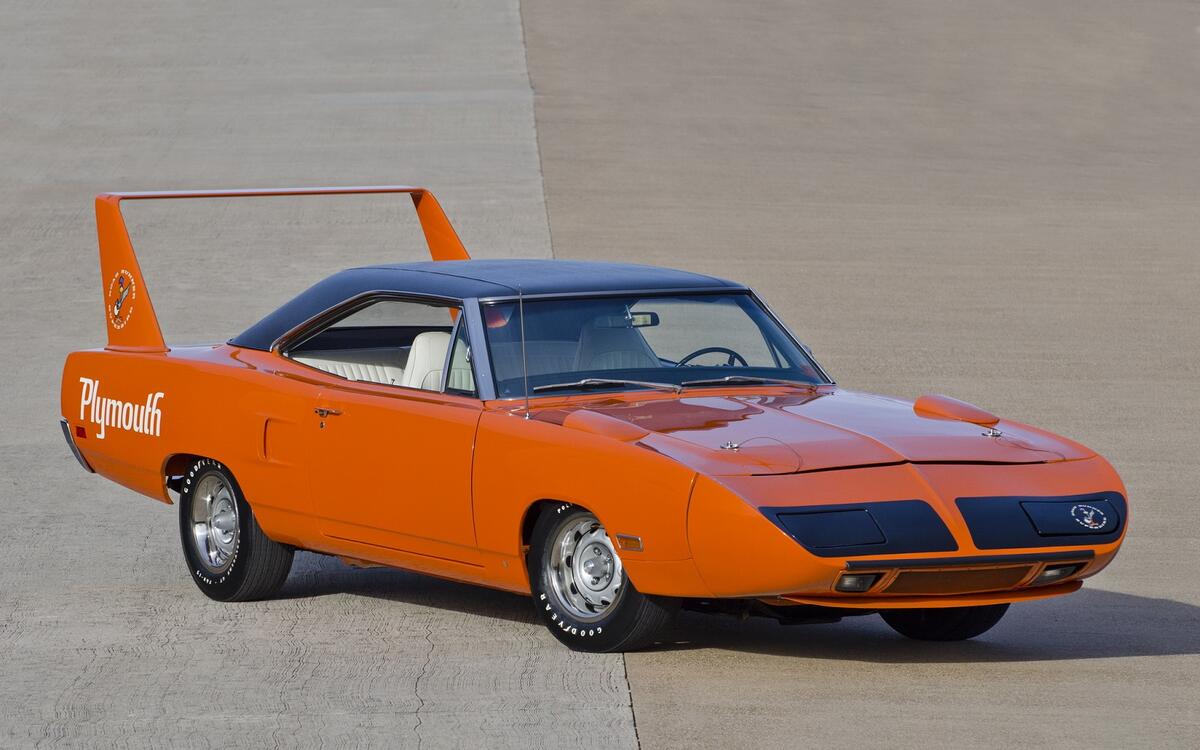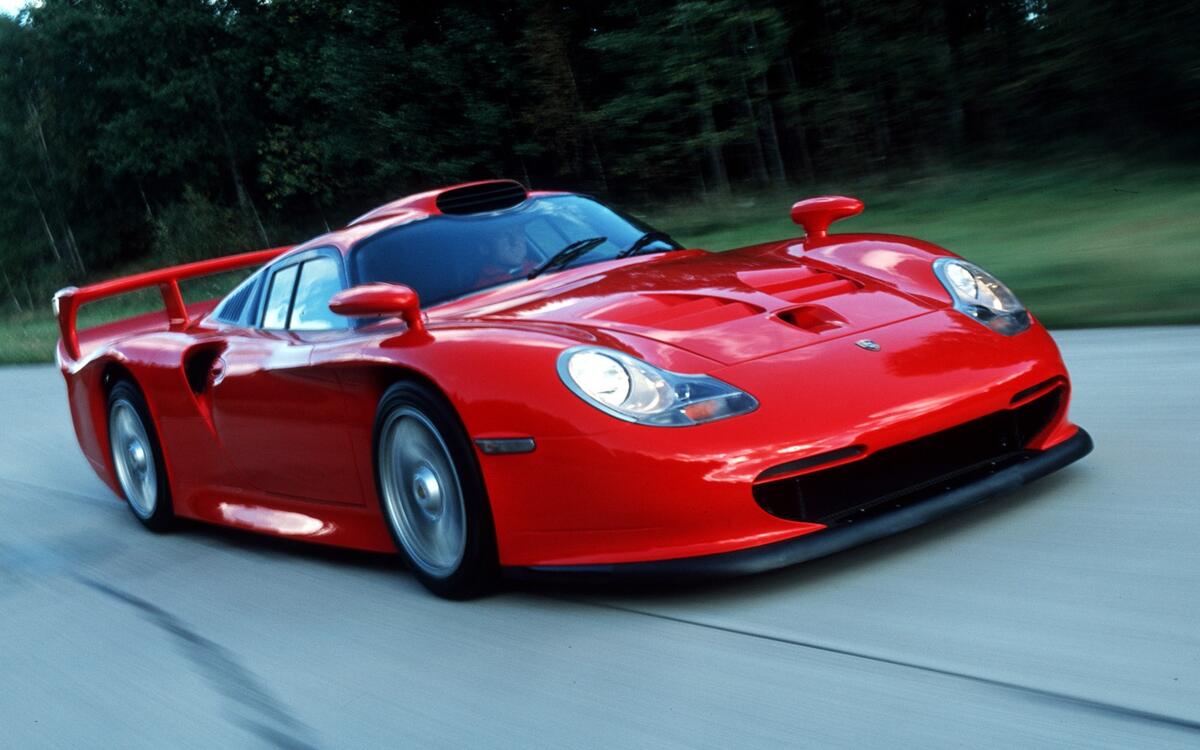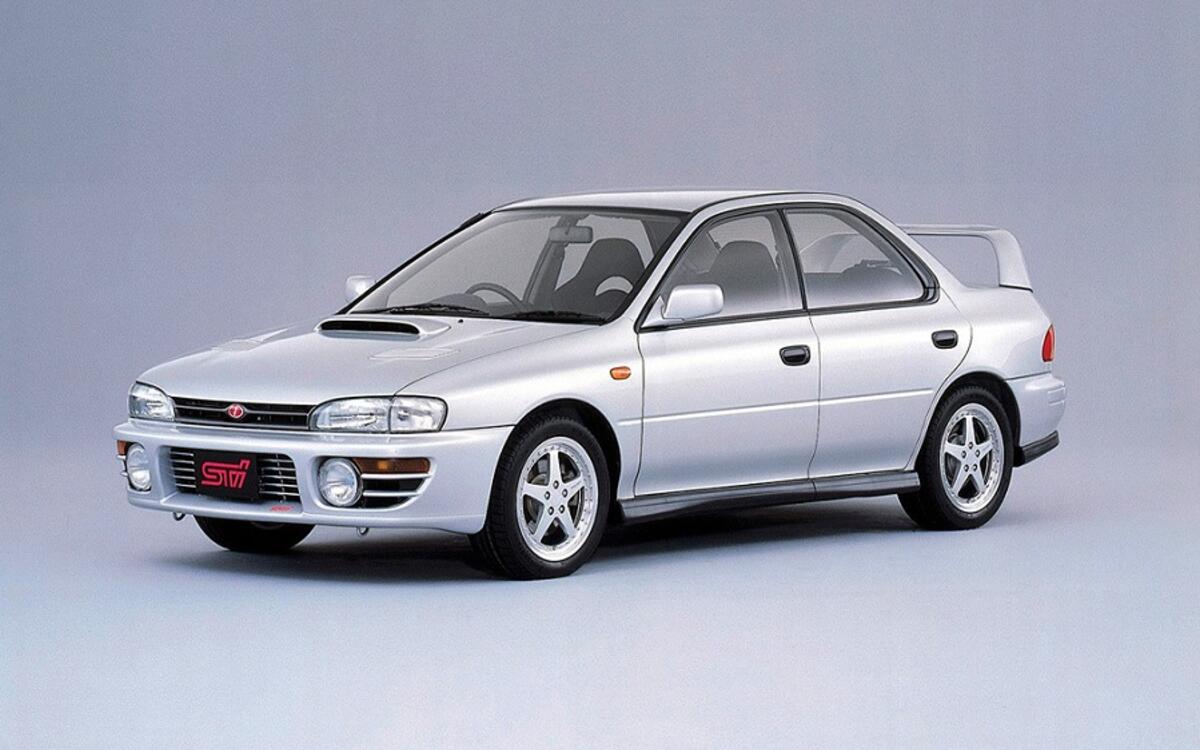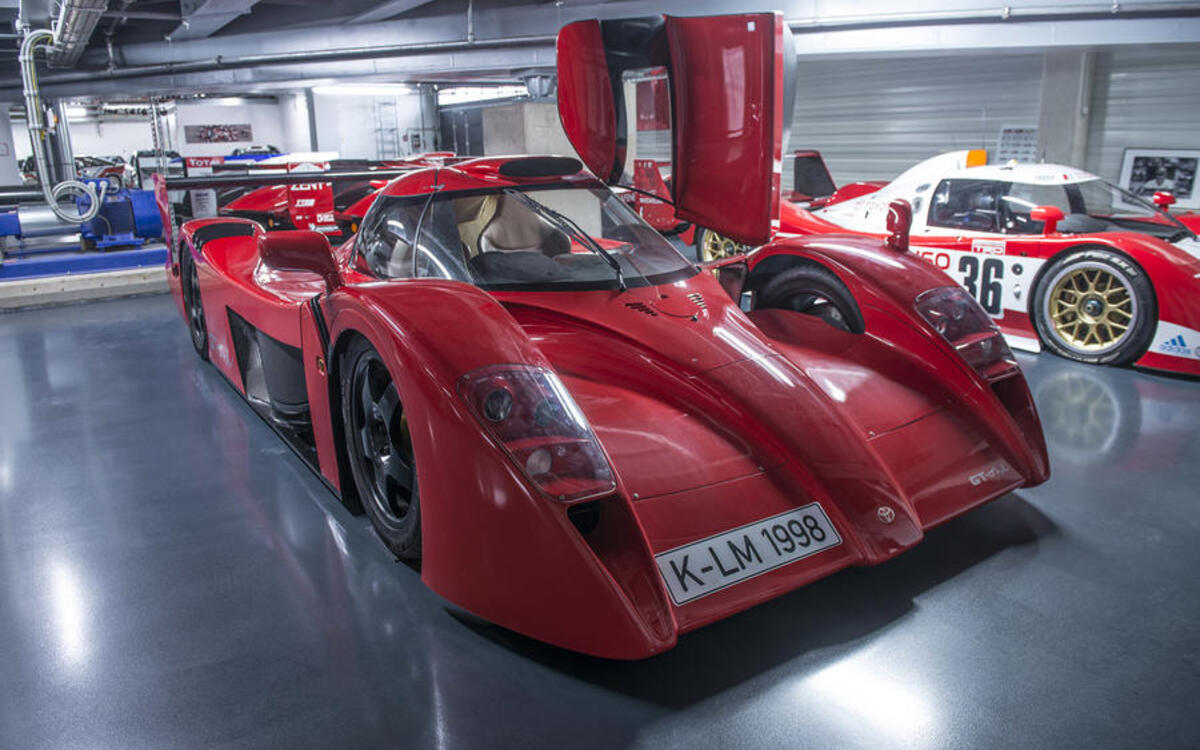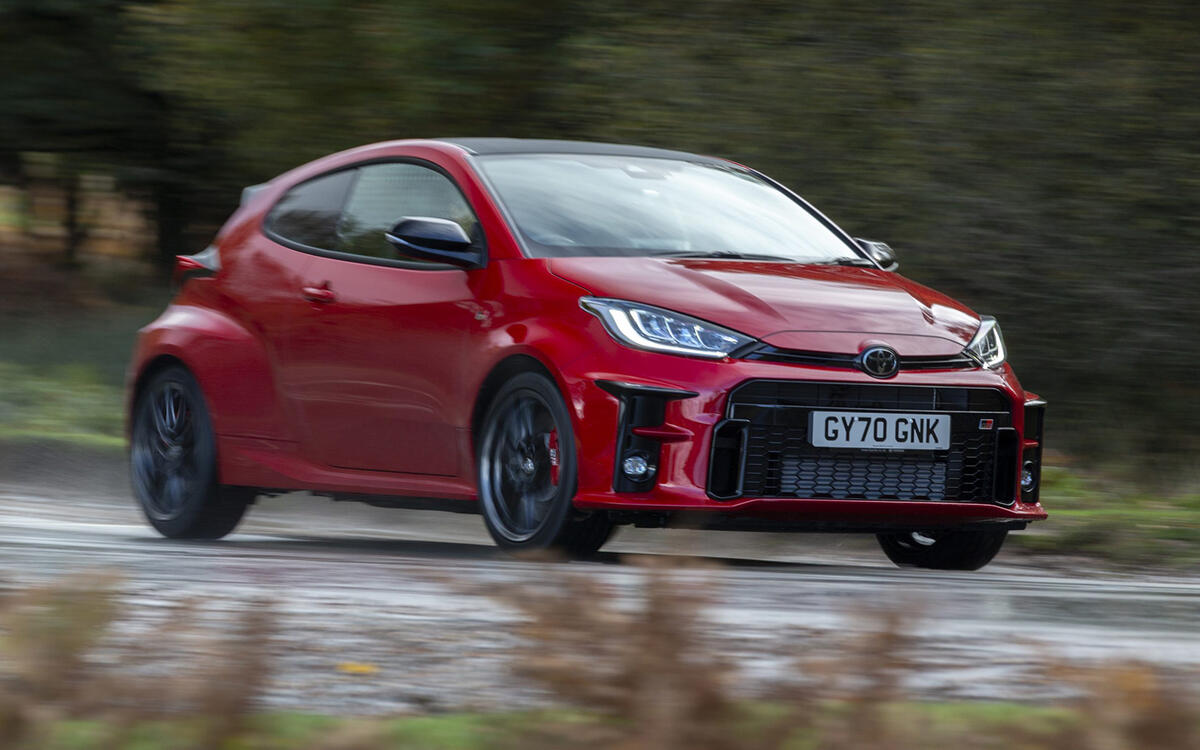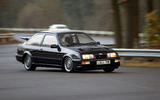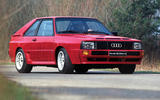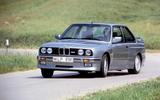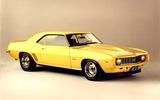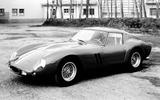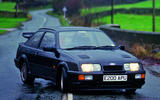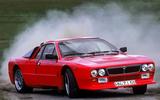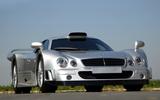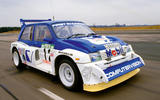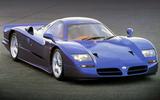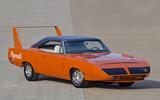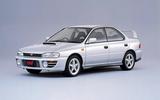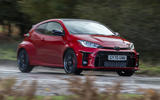 Slide of
Slide of
Homologation has given us many of the best road cars ever to drive.
What is homologation? Many race car series’ stipulate that participating cars be available in some quantity as customer road cars, and this has brought us what are often known as homologation specials. Usually the fastest and often most expensive examples of a car’s model range, these cars have brought us thrills on the roads as well as plenty of exciting motorsport.
Here’s our pick of the homologation greats that have had a wheel on both road and track, arranged alphabetically:
 Slide of
Slide of
Audi Sport Quattro
The Audi Quattro had turned the course of rallying with its four-wheel drive, but rivals quickly closed the gap and this demanded the Germans came up with something better. Enter the Sport Quattro, with 320mm (12.5in) removed from the wheelbase to make it more nimble. It also had a 2.1-litre five-cylinder engine with slightly smaller capacity than the standard Quattro road car’s to comply with rallying’s regulations. Road versions had 302bhp, but rally cars came with a claimed 444bhp that could easily be taken above 500bhp in the evolution version.
Other changes for the Sport included a steeper windscreen to reduce reflections and moving the battery to the boot for better weight distribution. There was also Kevlar and aluminium to replace steel components to move the weight bias to the rear of the car and counter the original Quattro’s tendency to understeer. A total of 224 Sport Quattros were built, with 164 sold as road cars.
 Slide of
Slide of
BMW M3 E30
BMW’s Motorsport division had already built the M1, M535i and M5, but it was the E30-generation M3 that really put it in the public eye. When BMW wanted to compete in the DTM German touring car series, it needed to build 5000 cars to qualify, so the M3 was born. Using a strengthened two-door shell, the rear end had a unique rear window with shallower angle and 40mm higher-set boot lid to give better aerodynamics.
Power for the M3 came from a 2.3-litre four-cylinder engine initially producing 192bhp, or 197bhp where a catalytic convertor was not required by local laws. Race cars went on to develop as much as 374bhp and the M3 also enjoyed success in other touring car series and tarmac rallying. The road car spawned several special editions and a total of 17,184 E30 M3s were made including road and competition cars, special editions and the Convertible.
 Slide of
Slide of
Chevrolet Camaro ZL-1
Few homologation specials come with a five-year, 50,000-mile warranty, but the 1969 Chevrolet Camaro ZL-1 did. This was thanks to Chevy’s COPO (Central Office Production Order) system that made the ZL-1 a factory-backed option pack. The idea was dreamed up by Fred Gibb, car salesman and drag racer, who wanted a Camaro to beat the Ford Mustang on the strip.
Gibb realised Chevrolet’s new all-aluminium 427-cubic inch V8, called the ZL-1, was just the motor to realise his dream. He persuaded Performance Director Vince Piggins to develop the model with a stronger differential and clutch, and the results in drag races justified the effort. With a claimed 430bhp, the ZL-1 produced a real 500bhp, yet Gibb struggled to sell the 50 cars he ordered and they are now one of the most sought-after muscle cars of the 1960s.
 Slide of
Slide of
Ferrari 250 GTO
The Ferrari 250 GTO is the definitive homologation car and even has the word in its name – Grand Turismo Omologato. A barely disguised race car, the GTO was based on the 250 SWB chassis with a much more aerodynamic body, partly developed in a wind tunnel which was unusual for the period.
Built with GT racing in mind, the GTO came with a 300bhp 3.0-litre V12 engine, though power grew during its racing career that peaked in 1964. Ferrari made only 36 250 GTOs, including the final three cars off the line that were fitted with a body that had cut-off style for the rear screen. They are extremely valuable today; one sold in 2018 for $48.4 million.
 Slide of
Slide of
Ford GT40
Snubbed by Enzo Ferrari over the sale of the Italian firm to the Blue Oval giant, Ford developed its own racing car to beat the Italians on the race track. This is how the GT40 was given the green light, though the early racing career of the Anglo-American car was patchy and did nothing to upset its arch rival.
However, two years after the GT40 made its racing debut, it all came good at the 1966 Le Mans 24 Hours when GT40s swept home in all three podium positions. The GT40 went on to dominate Le Mans for four years between 1966 and ’69, as well as plenty of other races. Road-going versions were a harder sell as the GT40 was too raw for the road. Of 105 GT40s built, only 31 were sold as road cars.
 Slide of
Slide of
Ford Sierra RS500
The Ford Sierra Cosworth had already made an impact in production car racing, but Ford wanted to ensure success and came up with the RS500. It took its name from the 500 cars required to meet homologation rules and achieved this in August 1987. Many found their way onto the race track, helping Ford dominate touring car racing into the following decade.
Converted by Aston Martin Tickford, the RS500 had a stronger engine block and 224bhp compared to the standard car’s 204bhp. A larger Garret AiResearch T04 turbocharger helped here, along with a larger intercooler. All RS500s were right-hand drive and came with a deeper front spoiler and addition lower rear wing.
 Slide of
Slide of
Honda NSX-R GT
Just as the curtain was closing on the original Honda NSX in 2005, the Japanese firm unveiled the NSX-R GT as a final hurrah. Only five were built, making it one of the rarest homologation cars ever, and the engine remained untouched as a 3.2-litre V6 with 280bhp. Instead, Honda concentrated on making the R GT as light as possible with carbon fibre bodywork.
Aerodynamics were also improved to make sure the race version had more downforce and better cooling. The most distinctive additions for this were a jutting front spoiler and the huge air intake sprouting from the rear window to feed cold air to the engine. The price for this was £250,000, though Honda is reckoned to have sold only one NSX-R GT to a private buyer.
 Slide of
Slide of
Lancia 037
Group B rallying is famed for its four-wheel drive monsters, yet Lancia relied on its two-wheel drive 037 until it developed the Integrale. Despite this, the 037 was designed from the ground up as a rally car, complete with a mid-mounted 2.0-litre supercharged engine producing 265bhp to start with and ending up at 325bhp.
A Kevlar body kept weight down and the large front and rear body sections offered quick and easy access for rally mechanics to the engine and suspension. Few concessions were made for the Stradale roadgoing versions and 037s were made 200 in total. Lancia’s gamble paid off in rallying as the firm won the 1983 World Championship and became the last manufacturer to do so with a rear-drive car.
 Slide of
Slide of
Mercedes-Benz CLK GTR
It’s a measure of how flexible the rules were for the FIA’s GT Championship in the late 1990s that Mercedes could claim this homologation machine had any relation to its CLK coupe. Other than a silhouette resemblance for the headlights and grille, the GTR was a bespoke car with a carbon fibre tub and barely enough room for a passenger.
Even so, Mercedes produced road cars to meet the rules that stated a minimum of 25 production models. In the end, 20 coupes and six Roadster were made, and five coupes were upgraded to Super Sport specification. The standard GTR used a 612bhp 7.0-litre V12 built by AMG to give 0-62mph in 3.8 seconds and a 214mph top speed. The Super Sport upped the engine to 7.3-litres and power was hiked to 655bhp.
 Slide of
Slide of
MG Metro 6R4
One of the most recognisable cars of the Group B rally era, the MG Metro 6R4 struggled to achieve good results before the class was banned at the end of the 1986 season. Development meant the 6R4 would have become a serious contender, but instead it found a second career in rallycross and as a clubman’s rally car.
The recipe was there from the beginning for the Metro. Much of the work was carried out by Formula 1 team Williams Engineering and there was a bespoke 3.0-litre V6 engine. This was mid-mounted and made 250bhp in standard trim, but could be tuned to 400bhp for International spec to give 0-60mph in 3.2 seconds. Rover built the required 200 cars to qualify for Group B, which is more than can be said of some of its rivals who bent the rules to near breaking point.
 Slide of
Slide of
Mitsubishi Pajero Evo
The Dakar Rally has a deserved reputation for being one of the most gruelling events in the sporting world, which is why Mitsubishi dreamed up the Pajero Evo to compete. Based on the second-generation short wheelbase Pajero, or Shogun as it’s known in some markets, it uses a 3.5-litre V6 petrol engine with 275bhp.
To cope with off-road driving, Mitsubishi fitted Torsen limited slip differentials front and rear, as well as longer travel suspension to soak up the desert bumps. Production saw 2500 Pajero Evos built and the investment was more than justified as Mitsubishi went on to win 12 Dakar rallies with the Pajero Evo.
 Slide of
Slide of
Nissan Skyline R33 GT-R LM
While many car makers had abandoned the GT class at Le Mans due to rule changes and cost, Nissan was determined to compete. The rules asked that you only build one road car to qualify, which is why the sole R33 GT-R LM was created. The other LMs were for racing, though they found themselves up against the might of the McLaren F1 at the 1995 Le Mans race.
Nissan managed 10th overall in the race with the R33 LM, with the second car retiring. The only road car, which was registered in the UK, now resides in the company’s Zama DNA collection alongside dozens of other motorsport and rare Nissans.
 Slide of
Slide of
Nissan R390 GT1
Built to take on the Mercedes CLK GTR and Porsche GT1, the Nissan R390 GT1 was notionally a road car adapted for racing. Co-designed by Ian Callum, the truth was the exact opposite and Nissan only built one road-legal R390, which it didn’t sell but kept for itself in its museum in Japan. This car has a 550bhp 3.5-litre twin-turbo V8 that is claimed to give 0-60mph in 3.9 seconds and a 220mph top speed.
More importantly for Nissan, the eight race cars had 641bhp and recorded a 12th place finish in its first appearance at Le Mans in 1997. For 1998, Nissan entered four R390s and all finished in the top 10, but rule changes at the end of the year consigned the GT1 to history.
 Slide of
Slide of
Panoz Esperante GTR-1
Keen to compete alongside Lotus, Mercedes and Porsche in the FIA’s GT Championship in 1997, Panoz engaged the help of Reynard Motorsports to develop the Esperante GTR-1. The race car had only a passing resemblance to Panoz’s road car, retaining its front mid-engined layout. This made the Panoz the only front-engined car in the class, though the original 4.6-litre V8 was dropped in favour of a Roush Racing 6.0-litre unit.
Only one road car had to be built to qualify for this series and the sole Esperante GTR-1 didn’t stray far as it was kept by company owner, Don Panoz. Six race cars were constructed and they enjoyed success in IMSA racing and the American Le Mans Series.
 Slide of
Slide of
Plymouth Road Runner Superbird
Few cars are as instantly recognisable by their rear wing as the Plymouth Road Runner Superbird. This appendage was added to create downforce for racing in the high-speed NASCAR series. Along with the drawn-out front end with pop-up headlights, the Superbird looked like nothing else thanks to its homologation changes.
Changes to NASCAR’s homologation rules for 1970 meant Plymouth had to revise up Superbird production numbers from 500 to 1920. This was because the regulations went from stipulating 500 road versions to two cars per manufacturer dealer. Three engine choices were offered to customers, with the 425bhp 426-cubic inch V8 the one the race cars were based on. However, only 135 of these were made as more buyers wanted the bigger, cheaper 440-cubic inch motor.
 Slide of
Slide of
Porsche 911 GT1
After McLaren’s surprise win at Le Mans in 1995 with its F1 road car, Porsche was first out of the blocks with a rival in the shape of the GT1. Unlike the Brit, the German was a race car with some nods to road use to meet the homologation requirements. As a result, the GT1 used the 3.2-litre twin-turbo flat-six from the 962 race car, while the looks bore a passing resemblance to the contemporary 911.
The motor delivered 544bhp in road trim, but race cars had 600bhp. This helped the GT1 win first time out at the Brands Hatch Four Hours race, and the GT1 was the most successful car in this class. Porsche built 25 GT1s, including the Evo and 98 race versions.
 Slide of
Slide of
Subaru Impreza Type RA
The Impreza RA was almost a regular feature of Subaru’s range due to the number of times this limited edition homologation car appeared in the catalogue between 1993 and 2000. Most fondly remembered as the car that was used as the base for Colin McRae’s 1995 World Rally Championship title, the RA was a Japan-only model. However, many have found their way abroad.
The RA started out in 1993 with a 236bhp version of the Subaru flat-four engine, helped by a water spray system to lower temperatures for the turbo intercooler. Power grew steadily through the GC8 generation of Impreza, ending with 276bhp, though many reckon this was closer to 300bhp in reality. Other features of the RA were a lack of air conditioning to save weight and some models came with a rally-style roof vent.
 Slide of
Slide of
Toyota GT-One
The Toyota GT-One shows just how far a manufacturer can push the boundaries of homologation rules without straying beyond them. Clearly, the GT-One was a pure race car built to enter the GT1 category, yet Toyota still claimed it was a roadgoing machine. To meet that statement, a single GT-One was built for road use, which now resides at the company’s motorsport base near Cologne, Germany.
It was also claimed the car could carry a suitcase, which it managed by using the space where the race fuel tank sat. Seven GT-Ones were produced, with the single road car built on chassis LM803. It used raised suspension and mesh over the various intakes to meet the legal requirements but it was never driven on the road. On track, the GT-One was more successful, though a Le Mans win eluded it.
 Slide of
Slide of
Toyota GR Yaris
The ‘GR’ in this Toyota Yaris’ name is every bit as important as ‘GTO’ is to Ferrari. It stands for Gazoo Racing, which is Toyota’s World Rally Championship team, and this unique three-door model has been developed as a direct result of the Japanese firm’s involvement in top-flight rallying. There’s no doubting the GR is purpose-built as it shares only its front and rear lights and the door mirrors with a regular Yaris, plus it’s a three-door where all other Yaris versions are five-door hatches.
The homologation fun doesn’t end there as Toyota has come up with the world’s most powerful production three-cylinder engine for this car. It produces 257bhp along with a signature three-cylinder thrumming soundtrack, and drives all four wheels, with the option to vary how much power is split between the front and rear axles. This delivers 0-62mph in 5.5 seconds and a top speed capped at 143mph. There’s also a carbon fibre roof and 45mm lower suspension to ensure this Yaris is a true homologation machine. We reckon it’s the best affordable driver’s car by a mile right now.
We look at the best cars that qualified as race cars because we were able to buy them for use on the road
Advertisement

